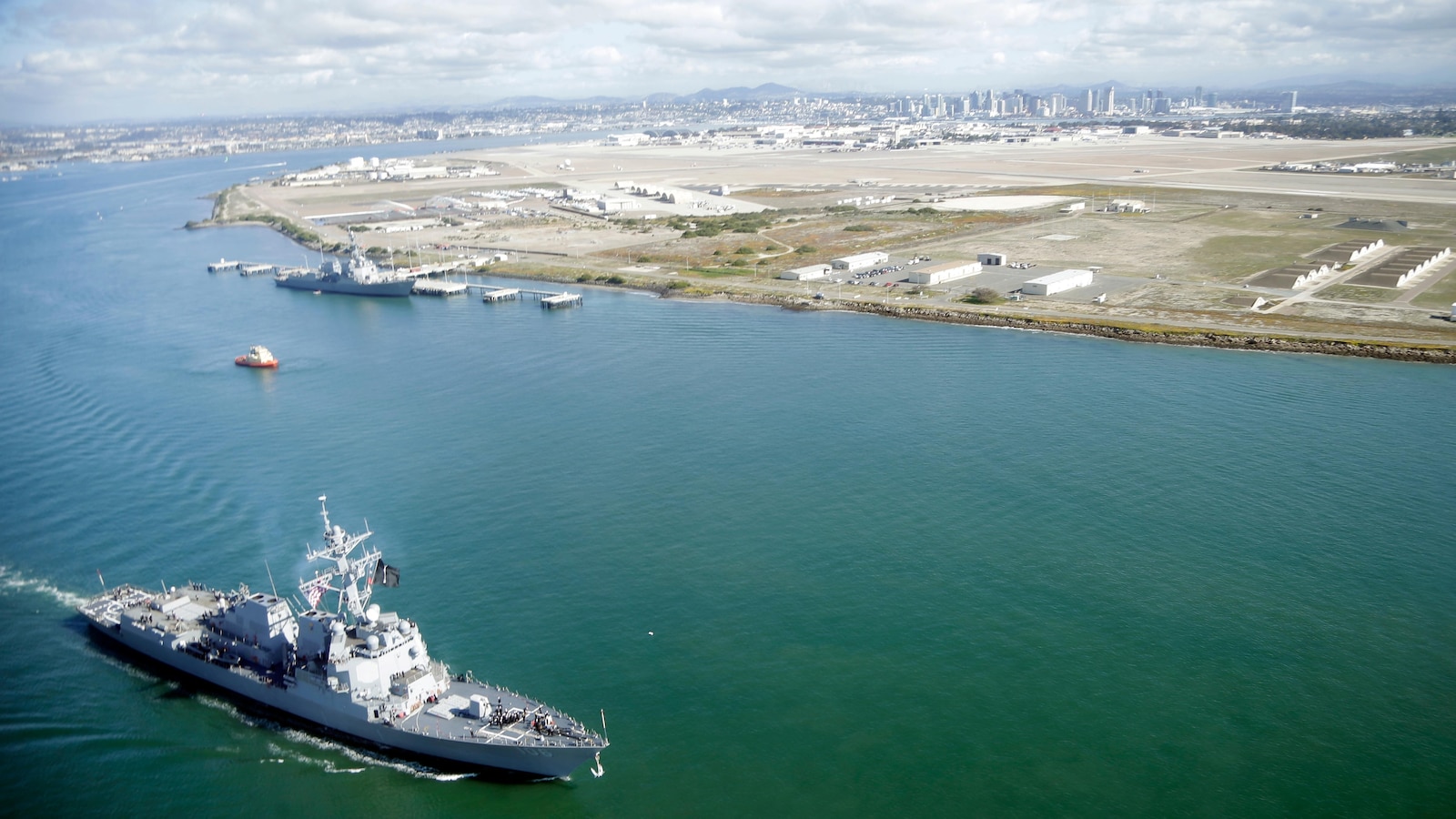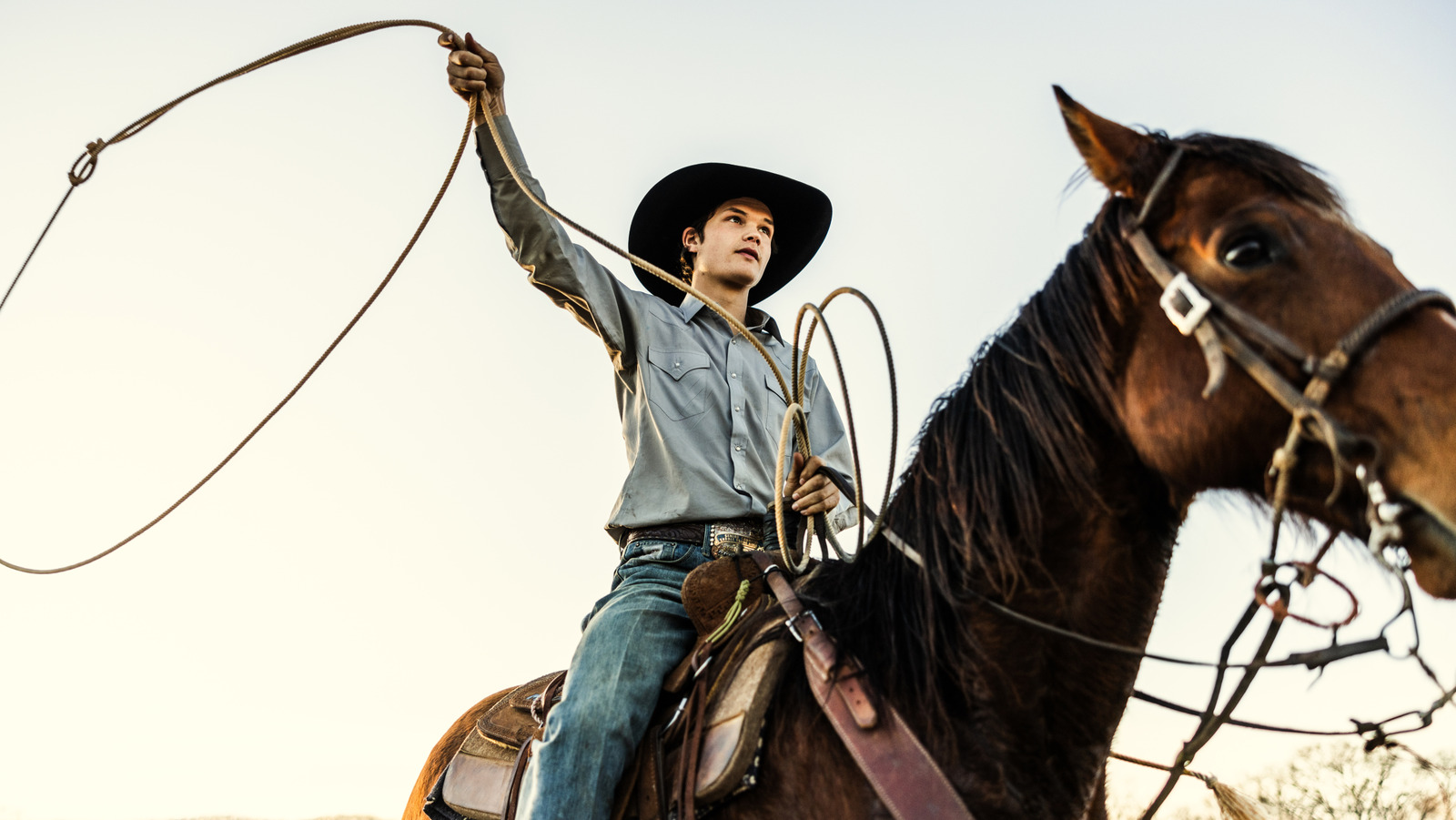NASCAR is set to make history as it prepares to hold a groundbreaking street race at Naval Base Coronado in San Diego, California, in June 2026. This remarkable event marks the first time that the prestigious racing series will take place on an active military base, showcasing NASCAR's commitment to innovation and diversity in its racing locations. This milestone comes as a welcome transition from the downtown Chicago street race that has captivated fans for the last three years, reflecting NASCAR's strategic
Did You Know
The shortest war lasted 38 minutes.
?
AD
shift toward more unique and engaging venues.
The timing of the Coronado race is particularly significant, coinciding with the 250th birthday of the United States Navy. This alignment not only honors the naval heritage but also strengthens the bond between motorsports and the military community. Jimmie Johnson, the celebrated seven-time NASCAR champion, has expressed interest in returning to the track and potentially participating in this monumental event, adding an extra layer of excitement to an already thrilling race weekend.
As NASCAR prepares for this groundbreaking event, fans can anticipate an exhilarating mix of speed and spectacle. The race will feature multiple NASCAR series, including the Cup, Xfinity, and Craftsman Truck Series, promising a weekend filled with high-octane action. By venturing into this new territory, NASCAR aims to capture the interest of racing enthusiasts in Southern California while also expanding its reach and influence within the motorsport community. The Coronado race not only embodies a celebration of heritage but also represents a bold step into the future for NASCAR.
Q&A (Auto-generated by AI)
What is the significance of street racing?
Street racing in NASCAR represents a shift towards more urban and accessible racing venues, appealing to a broader audience. It allows fans to experience the excitement of NASCAR in city environments, fostering local engagement and tourism. The upcoming race at Naval Base Coronado is particularly significant as it marks the first time NASCAR will race on an active military base, highlighting a unique blend of motorsport and military appreciation.
How does NASCAR select race locations?
NASCAR selects race locations based on several factors, including market potential, fan engagement, and logistical considerations. The decision to host a street race in San Diego, particularly at Naval Base Coronado, follows the popularity of urban races and aims to replace the Chicago Street Race, which faced challenges. Factors such as local infrastructure, community support, and historical significance also play a crucial role in the selection process.
What challenges come with racing on military bases?
Racing on military bases presents unique challenges, including strict security protocols, limited access for the public, and the need to ensure minimal disruption to military operations. Additionally, logistics such as setting up temporary tracks and accommodating fans while adhering to military regulations can complicate event planning. The race at Naval Base Coronado will require careful coordination to balance the excitement of NASCAR with the operational needs of the Navy.
What was the Chicago Street Race's impact?
The Chicago Street Race, which ran for three years, was notable for bringing NASCAR to an urban setting, attracting new fans and revitalizing interest in the sport. However, it faced criticisms regarding its logistics, impact on the city, and overall fan experience. The decision to discontinue the event in favor of the San Diego race reflects NASCAR's desire to adapt and find locations that better meet fan expectations and operational needs.
Who are the key figures in NASCAR's decision-making?
Key figures in NASCAR's decision-making include the leadership team at NASCAR, which comprises executives like the CEO and senior vice presidents responsible for operations and marketing. Additionally, local officials and track promoters play a crucial role in negotiations and planning. The insights and feedback from drivers and teams also influence decisions, ensuring that the events align with the interests of both competitors and fans.

















